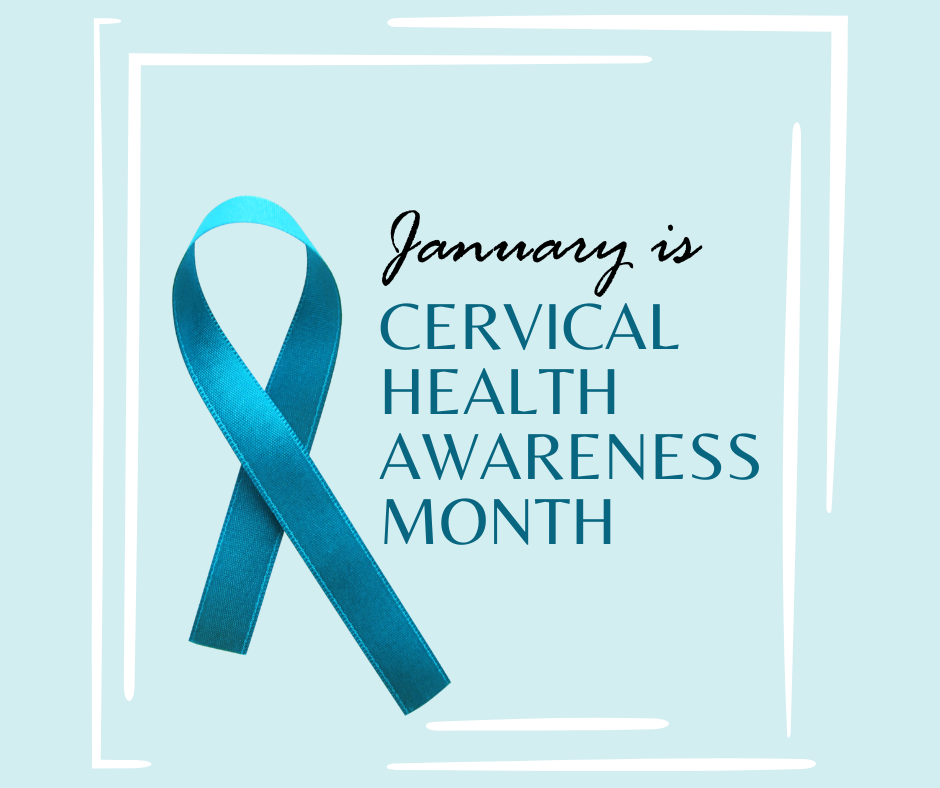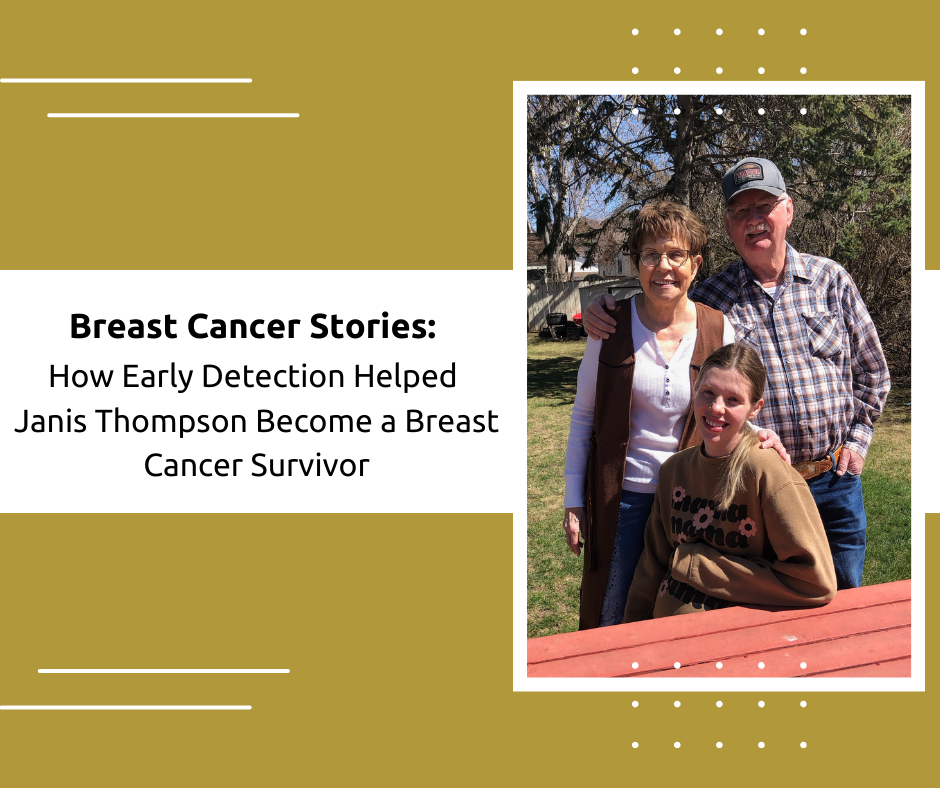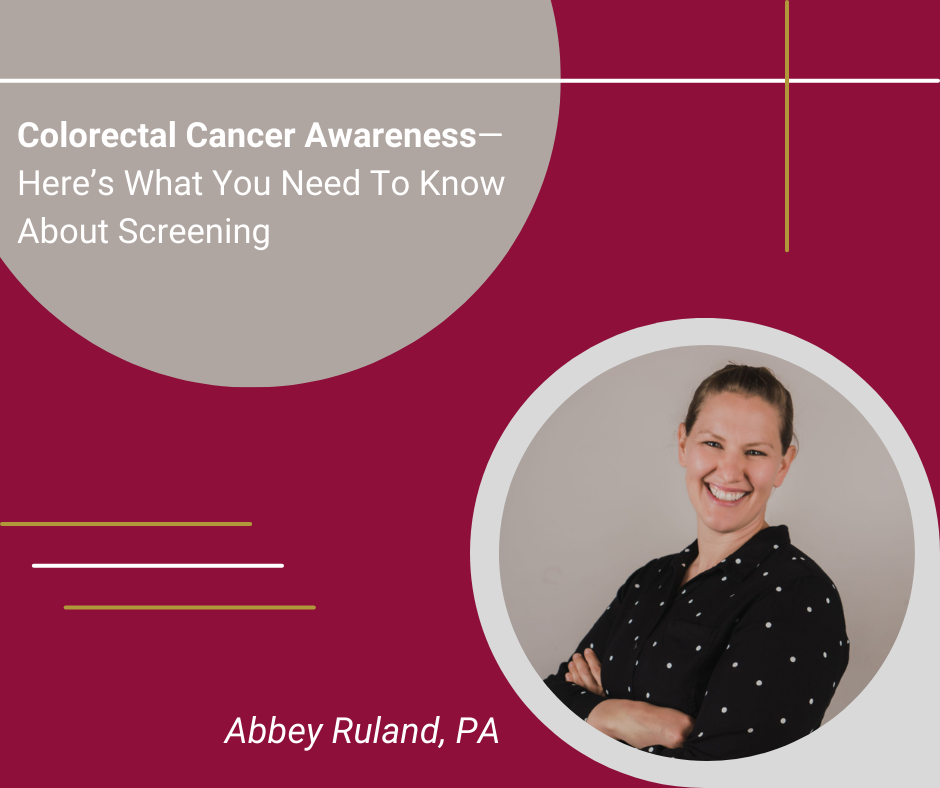January Is Cervical Health Awareness Month: Have You Scheduled Your Screening?
Each January, we recognize Cervical Health Awareness Month to help raise awareness around cervical cancer. January may be coming to a close, but there’s never a bad time to talk about cancer prevention!
The American Cancer Society estimates there will be 13,360 new cervical cancer diagnoses in 2025, along with 4,320 deaths. But thankfully, cervical cancer is preventable and highly treatable if caught early via regular screenings.
In this blog, we’ll explore what you should know about cervical cancer, how to prevent it, and what to expect when you schedule a screening.
What You Need To Know About Cervical Cancer
Cervical cancer develops in the cervix, the lower part of the uterus that opens into the vagina. Almost all cases of cervical cancer are caused by the human papillomavirus, or HPV. HPV is extremely common and can be spread through skin-to-skin contact.
Most of the time, HPV infections are cleared by the immune system without causing symptoms. But in some cases, an HPV infection can lead to cervical cancer, which can take anywhere from 5-20 years to develop.
In its early stages, cervical cancer often presents no symptoms. However, if you experience the following, it’s important to consult with your doctor right away, as they could be symptoms of cancer in your cervix:
- Irregular bleeding between periods, after menopause, or after sexual intercourse
- Increased or foul-smelling vaginal discharge
- Persistent pain in your back, legs, or pelvis
- Weight loss, fatigue, and loss of appetite
- Vaginal discomfort
- Swelling of legs
With early diagnosis and effective management, cervical cancer is a highly treatable form of cancer. But successful treatment relies on early detection.
Cervical Cancer Prevention
Cervical cancer is a highly preventable and treatable form of cancer, so regular screenings are important.
There are two common types of screening tests: the HPV test and the Pap test or “Pap smear.” The first tests for the HPV virus itself, and the second tests for precancerous cells on the cervix that might become cancer if they aren’t treated.
The U.S. Preventive Services Task Force (USPSTF) recommends women start getting Pap tests every three years beginning at age 21. From 30 to 65 years of age, they recommend: the Pap test alone every three years; a high-risk HPV test alone every five years; or “co-testing” for both every five years. Testing isn’t recommended for most women over 65.
What To Expect in Your Cervical Cancer Screening
Both of these screening tests are available through your doctor’s office or clinic. Talk with your primary care physician about what your testing schedule should be.
When you go in for your Pap test or HPV test, your doctor or gynecologist will use an instrument called a speculum to examine your vagina and cervix. During this examination, they will collect a few cells and mucus from the cervix and the surrounding area.
These cells will then be sent to the lab for testing. For a Pap test, the cells will be examined for abnormalities. For an HPV test, the cells will be tested for HPV. It may take several days or even a few weeks to receive your test results.
If your test results are normal, that means there is very little chance you will develop cervical cancer in the next few years, and your doctor will most likely recommend regular screenings every three to five years.
If your test shows abnormal cells, your doctor will contact you with next steps. Keep in mind that even if your test results are not normal, that doesn’t necessarily mean you have cancer—there are many reasons test results could show abnormalities. It’s important to follow up with your doctor right away to discuss your results and determine what, if any, treatment is necessary.
If it’s been a while since you had a Pap test, consider this Cervical Health Awareness Month your reminder to schedule one! Contact the clinic at 701-628-2505 today to schedule your next visit.



